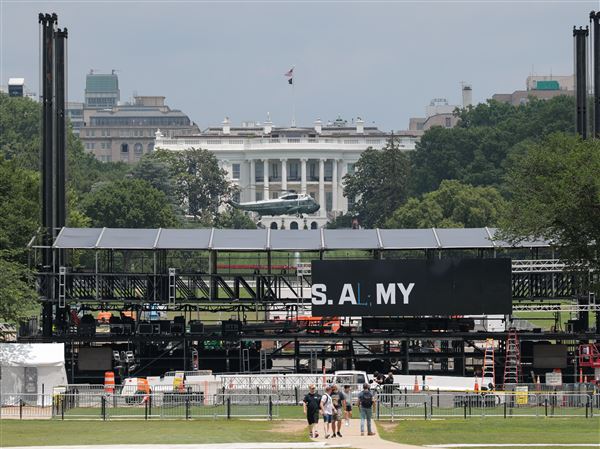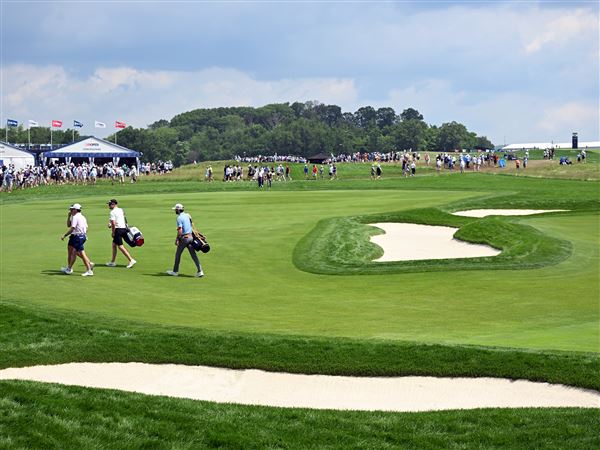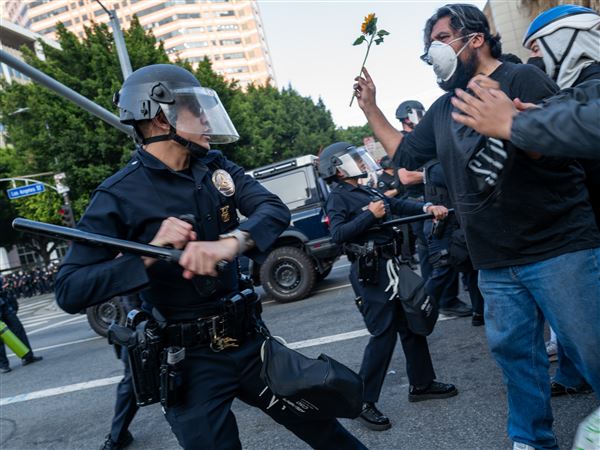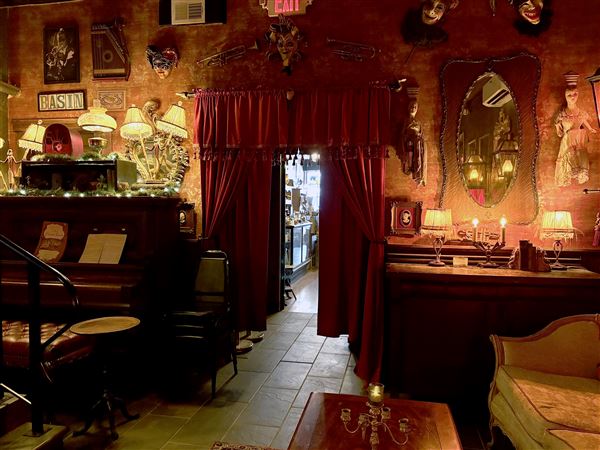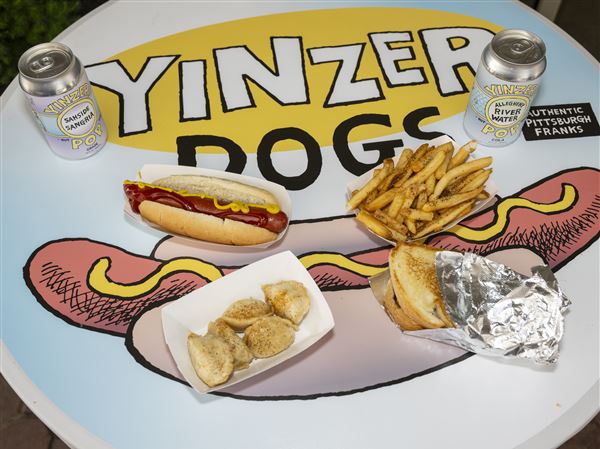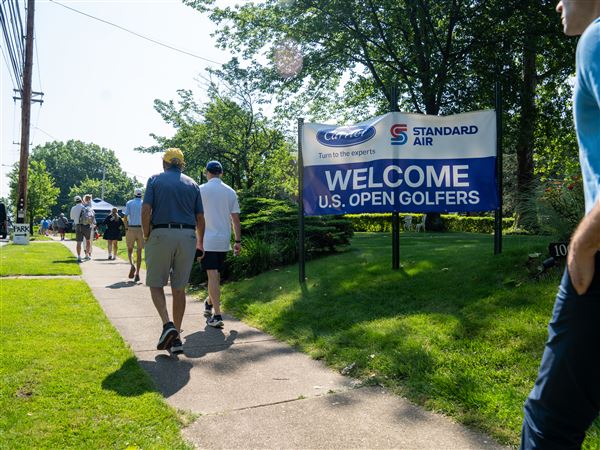Veteran riders of the Port Authority's Light Rail Transit system might have done double-takes at the news early this year: The authority was cracking down on speeding by train operators.
Huh?
The light-rail system has been notorious for its slowness since it opened in 1984. How bad is it? Not long after the system opened, legendary Post-Gazette transportation writer Joe Grata hired a vintage Model T to race the modern T from South Hills Village to Downtown, and won in a breeze.
The crackdown on "speeding" (and some suspected wheel-dragging by drivers to protest it) slowed service even more, but those are hardly the only factors that make the T a verrrry leisurely ride:
A consultant's analysis of Port Authority and nine comparable transit systems found that the authority has 2.9 stops per mile of light rail, 60 percent more than the peer group average of 1.8.
Acknowledging this, CEO Steve Bland and others have called the LRT a "bus with steel wheels."
The problem is particularly acute on the Red Line through Beechview, where the trains seem to stop at every doorstep. The community has resisted efforts to eliminate some stops but the authority plans to have fewer stops on its entire bus and rail system in the future.
When? It's not certain. The process of culling stops was put on hold because of the need to design service cutbacks. The authority says only lightly used stops will be cut so the impact on riders will be minimal.
Trains wait on traffic lights at South Park Road and Castle Shannon Boulevard. Giving them signal priority could cut a couple minutes off trip times. The Port Authority has no plans to seek priority.
There are several stops other than at stations. For instance, outbound trains leaving South Hills Junction go a few feet, then stop and wait for a track signal. Inbound trains stop not once but twice at the exit of the Mount Washington Transit Tunnel before making the curve into Station Square.
The first stop is what the authority calls a "maintenance driveway" at the bottom of what used to be Sycamore Street. After stopping there for what appears to be no good reason, they inch forward a few feet and stop again.
The speed limit on the system is 30 mph on the Red Line and 50 mph on the Blue Line but trains hit those dizzying numbers only on very limited stretches. They are slowed by a bevy of restrictions, especially at the roughly 35 grade crossings when T traffic, car traffic and pedestrians intersect (the speed limit is 15 mph at some, 10 mph at others). The maximum speed in Beechview, where trains share the street with cars, is 20 mph.
Track conditions force "slow orders," some temporary and some long-term, at other places. The Mt. Lebanon tunnel has a 15 mph limit while it awaits major reconstruction this year. A year after the Palm Garden Bridge was reopened after a six-month reconstruction in 2007, a 10 mph slow order was slapped on inbound trains as they cross over an expansion joint.
The authority denies any construction defect. The joint was replaced "to determine its impact on T vehicles" after wheel damage was found on some of them.
"The assessment is not yet conclusive," authority spokesman Jim Ritchie said. "Most areas marked with reduced speed limits are those presenting some type of safety issue. Grade crossings are among the issues where the T must slow as automobiles and/or pedestrians may be crossing the tracks. Also, areas where the operators' sight lines are limited will be marked with reduced speed limits as a safety precaution.
"The Red Line, in general, has a slower speed because the system dates back to the old trolley days -- much of the track remains on the street, sharing space with automobiles and pedestrian traffic."
The authority's consultant determined that the average speed for the LRT is 13.7 mph, only slightly faster than Port Authority bus service and slower than comparable systems, which average 16.8 mph.
Riders still pay on the train at most stops, and at all stops during nonpeak hours. Off-train fare booths were placed at some of the busier stations shortly after the T opened, but some of those have been shut down (most recently at Fallowfield and Willow) because of cost and staffing issues.
Whether the conversion to smart cards by next March will save time is anybody's guess.
Riders will tap or wave the cards at a designated spot on new fareboxes that are being installed. But cash will still be accepted.
If there is a hidden dividend to all this, the T rarely is involved in serious crashes. Over the five years ending in June, the system had 26 reportable accidents in 10.6 million miles of travel, or one every 407,000 miles, with one fatality, which was a suicide.
A six-minute reduction in travel time would save regular riders an hour a week. Over a year, it would add up to more than the equivalent of an extra week of vacation.
First Published: April 24, 2011, 8:00 a.m.

